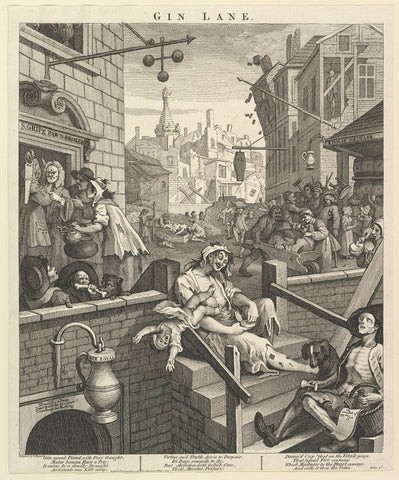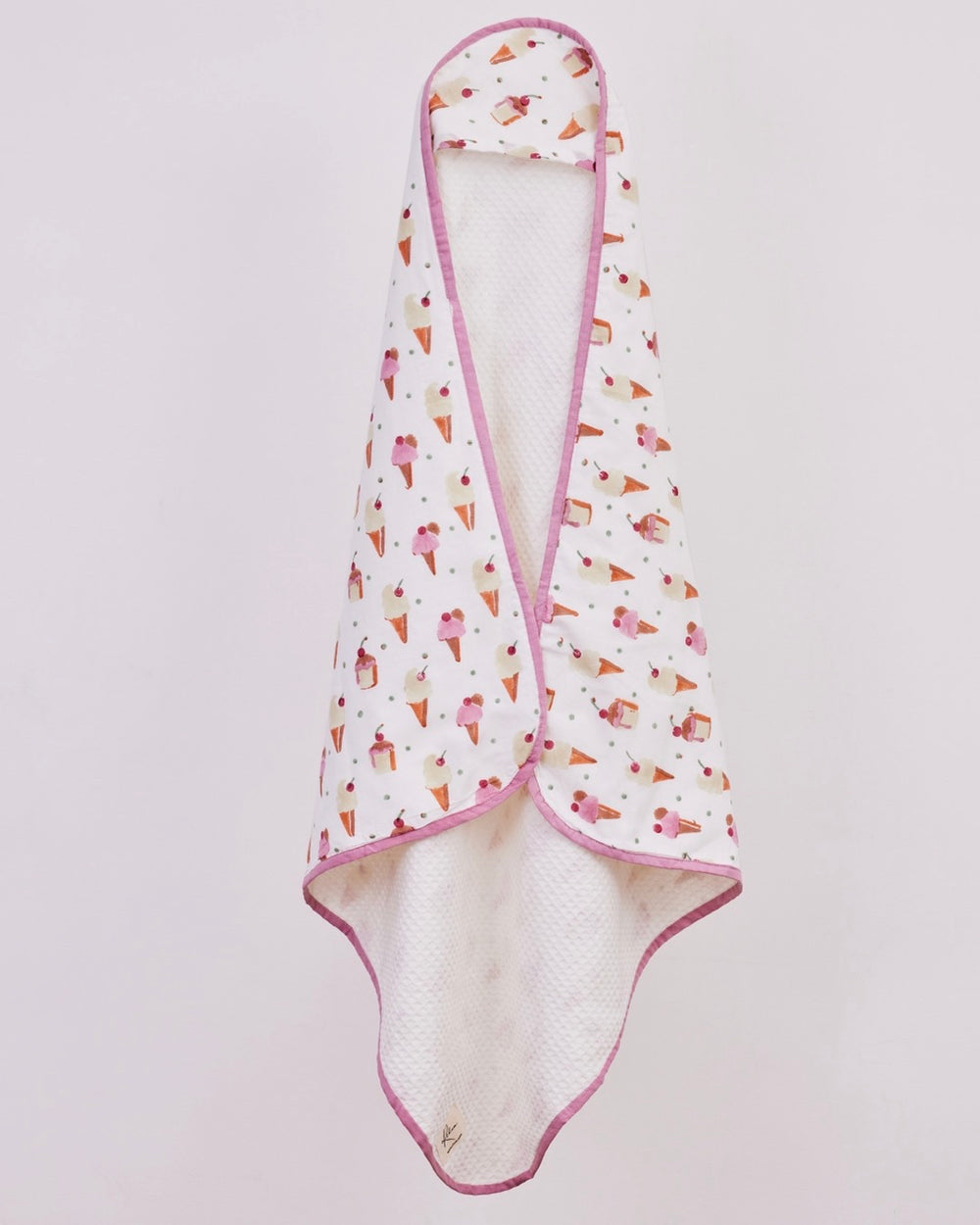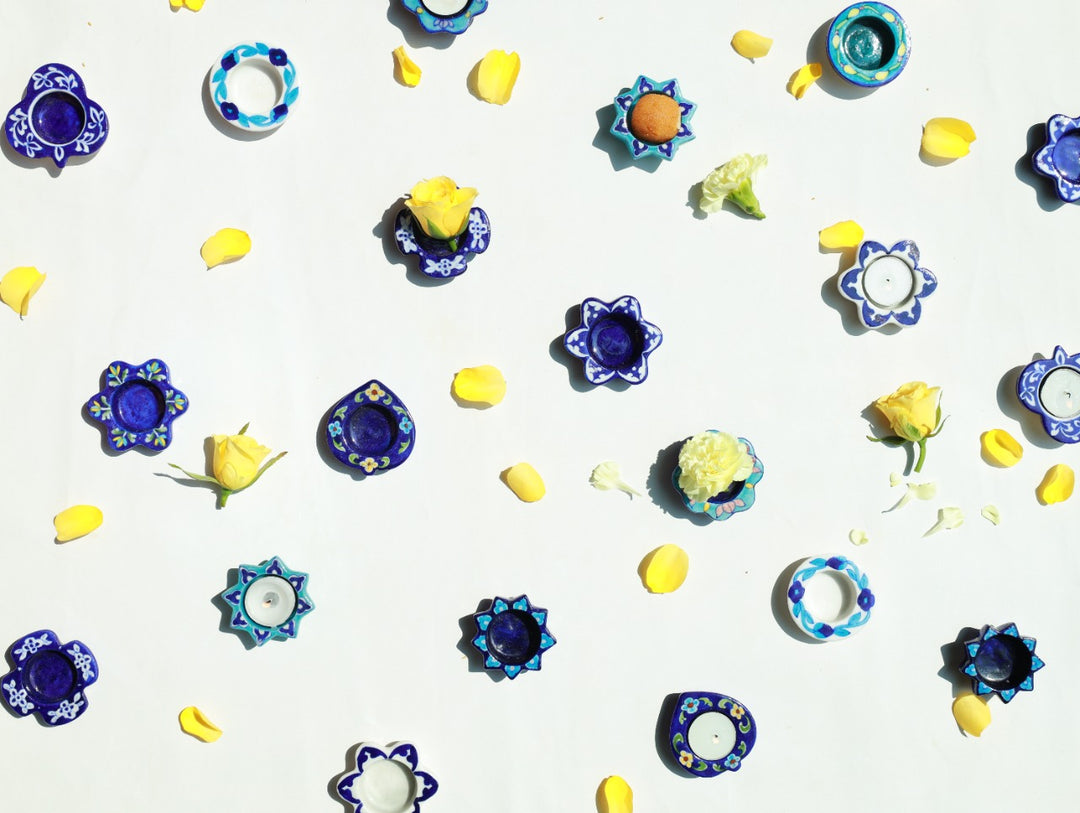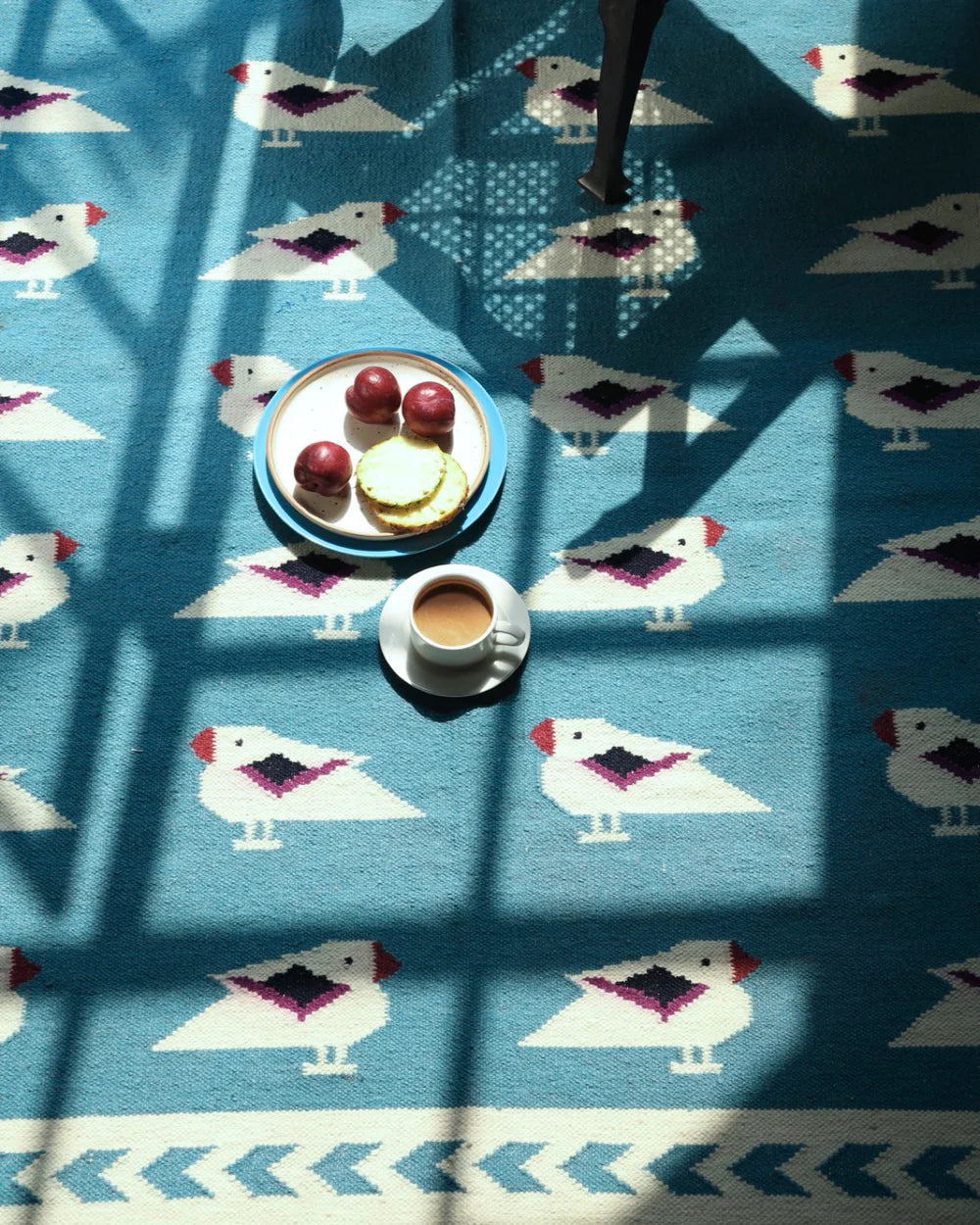Gin & Tonic - My personal Dose of Healthy and Happy
by Yashi Srivastava
28th September 2020
Alcohol is an emotive topic for me. It has suspiciously been a part of my most intimate of moments and connections. My first drink was in the 12th standard at a resort in Goa and was given to me by my dad, who is also called Pita by everyone. The glass of a drop of cashew Feni and Limca marked my rite of passage, it was also probably the lowest a highball would ever see. A decade later, I still find myself pining over another highball. A ‘highball cocktail’ according to Midnight Diner, Season 2, Episode 2, has something to do with a man drinking whiskey and either a golf ball or baseball coming towards him and the man shouting highball. Yet another version ascribes the origin in the railroads meaning ‘take off’ and still another grounds the etymology in thebartender slang in which a ball is a glass and a high ball a tall glass. The highball cocktail that has caught my fancy as an adult is the omnipresent G & T.
I could unquestionably be the old man making love to his tonic and gin that Joel speaks about in his famous song Piano Man. The drink with the storied past was introduced to me in college, almost a decade ago, but I only took a liking for it when my British colleague and partner at the time enhanced the drink with the addition of a slice of cucumber. Why his Britishness is important will be explained shortly. Three years ago, with my shift to a tier 3 city, my options were limited to the elusive Magpie beer, Old Monk rum and a shady whiskey every now and then. I was on the cusp of forgetting my beloved gin, when I got reintroduced to it during a heritage walk in BBD Bagh, Calcutta.
Tracing the Britishness of the Drink on Indian Soil
Both Gin and Tonic has a very interesting and nonconcurrent history. The only thing common between the two are the British. The drink gin was first created in Holland in the 17th Century and was called ‘Genever,’ the Dutch word for Juniper which is the mainstay of the drink. The British soldiers picked it up during the Eighty Years’ War and called it the Dutch Courage as it was consumed by the Dutch before a battle for a morale boost. The soldiers got the drink with them to England in the 1600’s, where it caught like wildfire under the rule of William of Orange, who further aided the rage with easier regulations and access through the Corn Laws.
The Gin Craze got to the extent that it resulted in reams of social commentary on addiction (before it was even conceptualized in those many words). The gin craze was also dubbed as Mother’s ruin.

Image: Gin Lane by William Hogarth, 1751, Source: The Internet Archive
Imagined on the street of St. Giles, the engraving of Gin Lane by Hogarth depicts the wasteful and damaging nature of gin consumption. It shows men, women, children and even animals inebriated. Front and centre of the engraving is the theme of neglectful mother whose child is falling to death, which was not very far from the reality at the time. The engraving was circulated extensively and influenced the enactment of The Gin Act, 1751, which regularised and limited the production of gin which was occurring in every other house then. Gin, in the text accompanying the image is seen as a curse that is foreign to the land.
In the 19th century, gin was reclaimed as a British drink again and made its long march towards being the respectable gentleman’s drink from being mother’s ruin. And it has only tonic to thank for that. Tonic is a product made of quinine which is extracted from Cinchona Bark. Quinine travelled to England from Peru where it was used for its medicinal properties as a cure for fever and malaria. As the British came to India, they had to fight the menace of malaria. Quinine dosage was recommended, but the British officials could not handle the bitter taste and even preferred dying over consuming quinine. The British officials did jugaad (according to Oxford Dictionary, the word means a flexible approach using limited resources in an innovative way to solve a problem) of mixing together gin, which was resistant to spoilage on long distance journeys, and tonic (a mixture of quinine, soda and sugar) and created for themselves a delicious tipple of gin & tonic, that was also a prescribed medicine. Such was the likeability of the tonic water that it was produced at a large scale, think Indian Tonic Water by Schweppes.
Going back to that heritage walk in Calcutta that made me dig deeper and renewed my romance. I was walking across the Lalit Great Eastern Hotel when the tour guide pointed at Wilson’s Bar and said that it was here that the British started drinking gin & tonic in 1850’s. This could possibly be true as Calcutta was the capital in the year he mentioned since the Battle of Plassey. Since then I have imagined myself drink a tall glass of Gin and Tonic at Sherry, housed inThe Great Auckland Hotel also referred to as the jewel of the east, names of the bar and hotel respectively at the time of establishment in 1840 by David Wilson. I have initiated many into the world of the drink that aided colonization, healthful living and romances, especially of note, is my best friend and now partner who I wooed with G & T trivia.
 Yashi Srivastava is a Research Scholar in Sociology at the Department of Humanities and Social Sciences at IIT Kharagpur.
Yashi Srivastava is a Research Scholar in Sociology at the Department of Humanities and Social Sciences at IIT Kharagpur.
Note: Images are taken from Internet Archive an online, open-access repository












Leave a comment